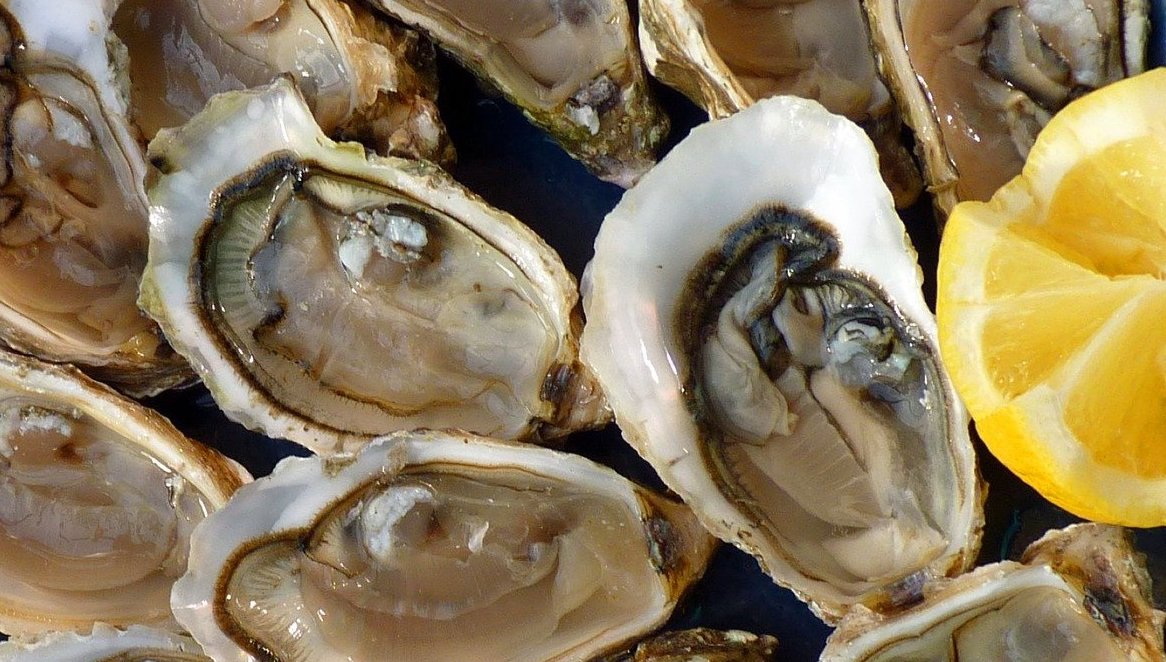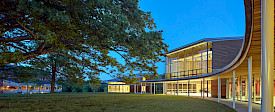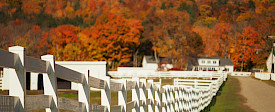When to Go
Massachusetts, New England’s most populous state, has four distinct seasons. Each season from balmy spring afternoons, sunny summer days, to crisp autumn nights, and winter’s snowy charm, offers visitors new experiences every few months!
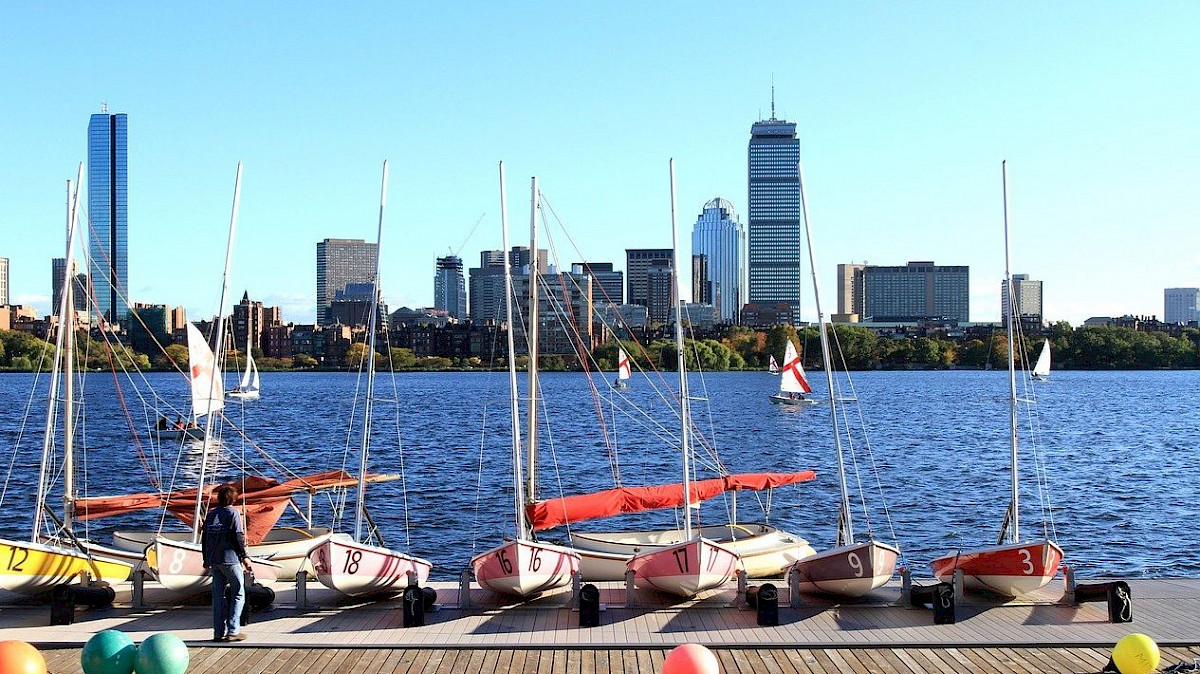
March, April, and May, signals spring. Maple syrup flows in March and flowers burst into bloom in May and June. Spring temperatures range from 60 to 70 degrees during the day and can dip into the 30s in the evening. Spring is a popular time of year to explore the state.
The summer months of June, July, and August are the warmest with typical temperatures averaging in the 80s. The nights are comfortable with temperatures in the 60s and 70s. Summer thundershowers are dramatic and short in duration. The central and western parts of Massachusetts can be more humid than the coastline, which is cooled by the breezes off the Atlantic Ocean. Statistically, the warmest month is July. August is usually the busiest time of year to visit Cape Cod, Martha’s Vineyard, and Nantucket.
Autumn in Massachusetts is in September and October with temperatures ranging in the 70s during the day and the 50s at night. The Berkshires are a perennial favorite for fall foliage viewing that peaks during the first two weeks in October.
Winter begins as the last autumn leaves fall to the ground in November and goes through February. Winter temperatures range from the 30s and 40s during the day and can go as low as zero. Nor’easters can often drop a foot or more of snow making winter sports a fun thing to do this time of year. November is the least visited and most inexpensive month to plan a trip to Massachusetts.


Why Go?
Massachusetts has always been in the vanguard for new ideas and innovations from the Revolutionary War propaganda of Samuel Adams, Abolitionist rallies of Wendell Phillips, women’s suffrage led by Susan B. Anthony, and the philosophy of Emmerson and Thoreau, to the great colleges of MIT, Harvard, and Smith. Coupled with a bevy of interesting cities like Boston, Worcester, and Springfield, the sandy beaches of Cape Cod and the Islands, and the woodsy hills of the Berkshires, this state is appealing in its variety. Visitors will find beautiful countryside, early American history, eclectic museums, fine dining, and a diverse and dynamic arts and entertainment scene that has given this state “mass” appeal for centuries.
Greater Boston
There is so much to do and see in Boston, the largest city in New England. Get a birds-eye view of the city from the Skywalk Observatory or see it from the water on a cruise of the Boston Islands. Tour the New England Aquarium, the Museum of Science, and the Museum of Fine Arts. A highlight is a visit to the Isabella Stewart Gardner Museum with its lavish and interesting displays. If you enjoy sports, head to Fenway Park for a Red Sox game or visit TD Garden to catch a Boston Bruins or a Boston Celtics game and then tour the Sports Museum. Located in North End, is Boston’s Little Italy, a delicious experience any time of year. Another highlight for foodies is Faneuil Hall, a lively marketplace that includes restaurants, pubs, and the world-famous Quincy Market Colonnade. The Black History Heritage Trail tells the story of the 19th century African American community and the Freedom Trail links 16 sites to the American Revolution.
In nearby Concord, visitors can tour the homes and favorite places of some of the greatest names in American literature including Louisa May Alcott, Nathaniel Hawthorne, Ralph Waldo Emmerson, and Henry David Thoreau. The bronze Minuteman statue of a colonial farmer with a musket commemorates “the shot that was heard around the world.” in Lexington. A tour of the Battle Green is considered consecrated ground, because of the Minutemen buried here. The New England Quilt Museum, and the Boott Cotton Mills, in Lowell, pay homage to the city’s industrial mill history. At the Brush Art Gallery, visitors can interact with ten studio artists and watch them work. The Butterfly Place in Westford is home to as many as 500 free-flying native butterflies and, the 35- acre Sculpture Park at the deCordova Museum is the largest contemporary sculpture garden of its kind in New England.
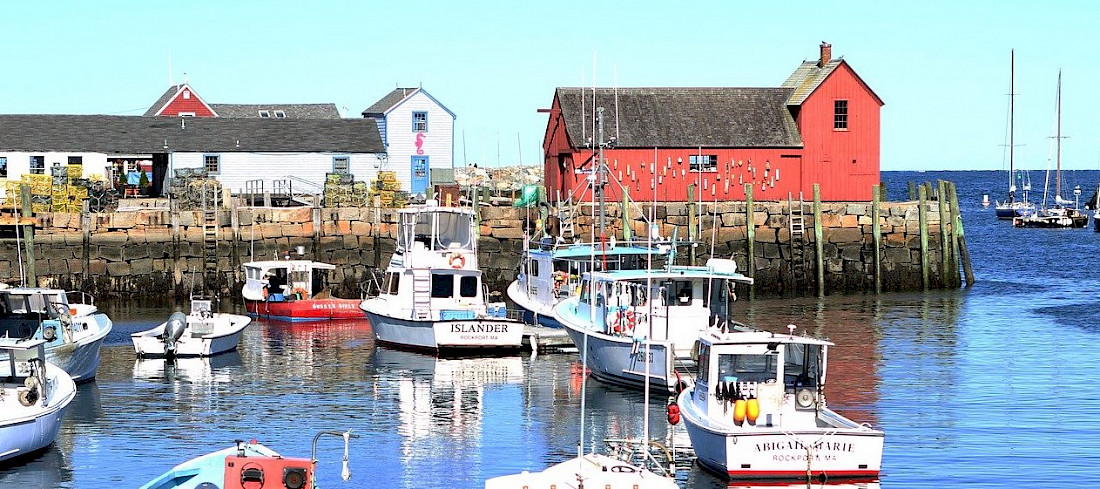
North of Boston
Gloucester is America’s oldest seaport and its rich seafaring history can be traced at the Gloucester Maritime Heritage Center, where wooden boats have been repaired for centuries. A popular activity in Glouster is to take a lobster dinner cruise. Nearby Marblehead is known for its quaint village streets, grand colonial mansions, unique shops, and the best place to spot yachts. Salem is the town where the infamous Witch Trials took place in 1692. Must-see attractions include the 17th-century Witch House, the Salem Witch Museum that guides visitors through the dramatic events that took place during that time, the 1668 House of Seven Gables that is New England’s oldest wooden mansion, and the Burying Point Cemetery, the oldest in Massachusetts. There is no shortage of things to do in Newburyport from a whale watching tour and Harbor Walk to the Market Square Historic District where there is something for everyone. Rockport situated on the Cape Ann peninsula is a scenic seaside village whose streets are lined with a variety of interesting shops perfect for browsing and buying. Don’t miss Motif #1, the most painted building in America. In nearby Manchester By the Sea, perched high on a bluff overlooking the Atlantic Ocean is the Hammond Castle Museum that will have you feeling as if you are in Europe without actually being there.
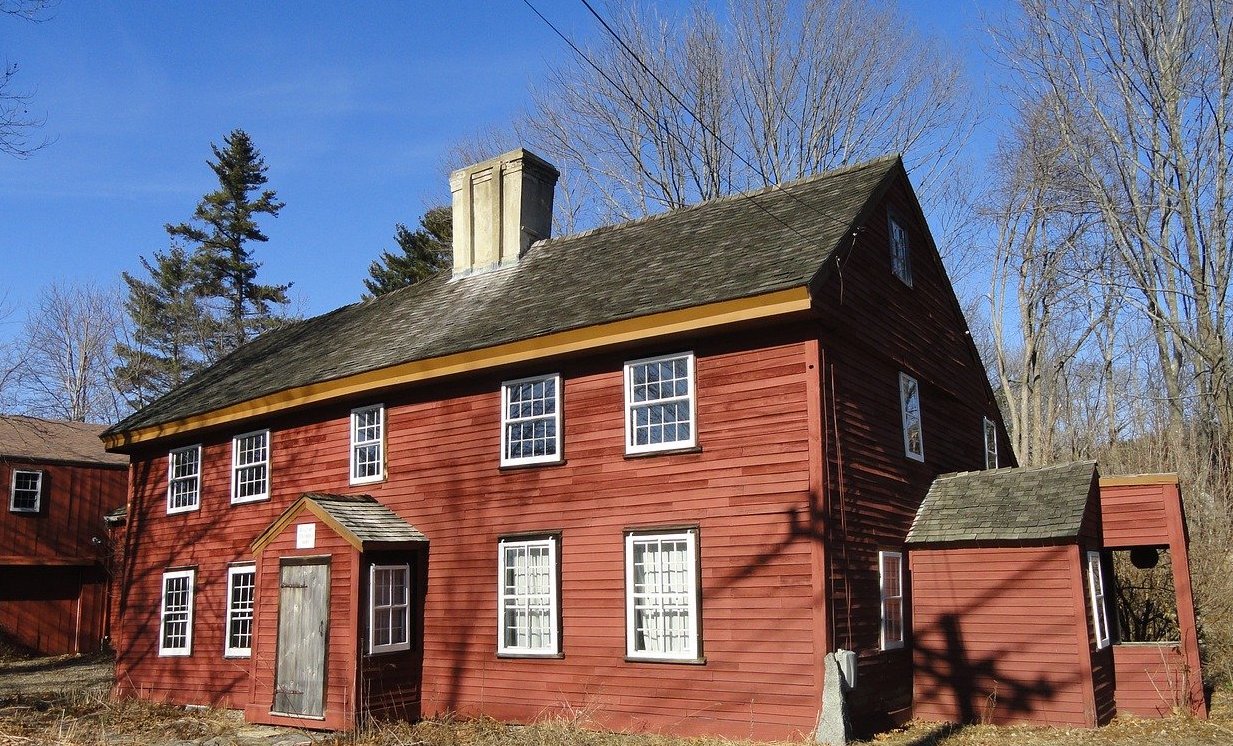
New Bedford
This vibrant coastal city that sits on the banks of the Acushnet River was once the whaling capital of the world in the 19th century. Herman Melville, author of Moby Dick departed from New Bedford on a whaling ship for 18 months, a journey that inspired his novel. If you want to learn more about marine biology and the epic cultural heritage of whaling, don’t miss a visit to the New Bedford Whaling Museum, the largest of its kind in the world. The New Bedford Whaling National Historical Park offers tours of the historic district that introduces visitors to this fascinating maritime city. In nearby Falls River explore the world’s largest collection of U.S. naval vessels, including the WWII Battleship the USS Massachusetts.
Plymouth
A highlight of a visit is to see Plymouth Rock and to experience Plimoth Plantation, a bi-cultural living history museum. The plantation immerses visitors in a re-created 17th century English village with Colonial interpreters that bring the 17th century to life. The Pilgrim Hall Museum has a fascinating collection of original artifacts brought over onboard the Mayflower and displays that tell the stories of individuals that arrived in 1620. Plymouth also offers a number of harbor and whale watching cruises.
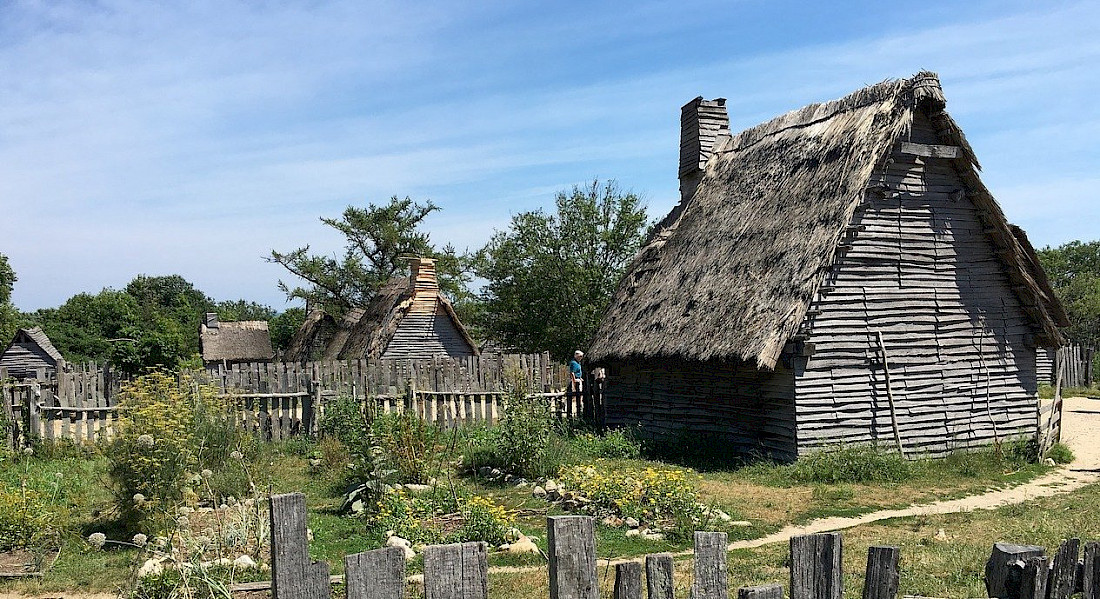
Cape Cod, Martha’s Vineyard & Nantucket Island
Each of these destinations offers visitors three completely different travel experiences.
Cape Cod | A 75-mile long peninsula composed of 15 charming towns, 115 beaches, 120 miles of bike paths, almost 100 museums, and countless numbers of restaurants, galleries, and shops. For outdoor fun visit the National Seashore that stretches for 40 miles from Eastham to Provincetown or the Monomoy National Wildlife Refuge composed of protected dunes, and fresh and saltwater marshes. If you are interested in marine biology visit Woods Hole Oceanographic Institution, a world leader in ocean discovery, exploration, and education. The Heritage Museum and Gardens in Sandwich is the perfect place for car fanatics because of its Josiah K. Lily Antique Automobile Collection. At the Sandwich Glass Museum, you can watch a live glass blowing demonstration and at Cape Cod Potato Chip Factory you can take a tour to see how these legendary kettle chips are made. The John F. Kennedy Museum in Hyannis, the summer home of the Kennedy clan, tells the story of the legacy of President Kennedy and his deep connection to Cape Cod.
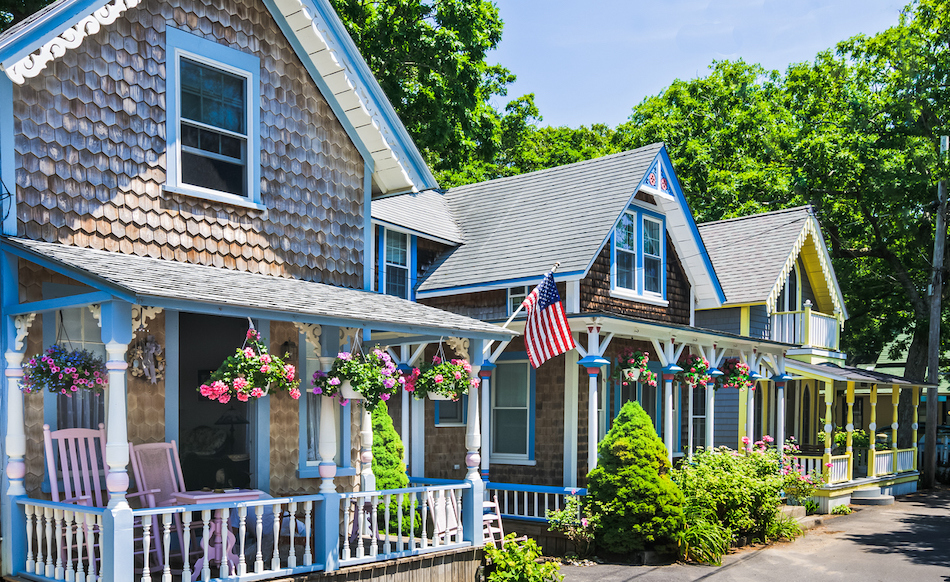
Martha’s Vineyard | A beautiful island where life seems to slow down. Attractions are rich and varied and include everything from Mytoi, a Japanese-style garden on the island outpost of Chappaquiddick, the Gingerbread Cottages on Oak Bluffs, the working fishing village of Menemsha, the Polly Hill Arboretum showcasing rare trees, and Edgartown, a classic seaside village.
Nantucket | Named as “the best island in the world,” by National Geographic because of its culture, history, and unspoiled beauty. There are no traffic lights here and the entire island is a National Historic Landmark with more than 800 pre-Civil War era houses. It is ringed with beautiful beaches, has two cranberry bogs, several wildlife refuges, and four centuries of art, culture, and history. One of the most charming villages is Siasconset that was settled as a fishing village in the 17th century and has fishing cottages dating to the 1670s.
Johnny Appleseed Trail
Located in North-Central Massachusetts this trail encompasses 27 towns along the Route 2 corridor that celebrates the life of John Chapman, who is better known as Johnny Appleseed. Born in Leominster in 1774, Johnny spent his youth here before heading west sowing apple seeds along the way. You can visit Johnny’s birthplace that is marked by a plaque and a small cabin on Johnny Appleseed Lane. The area offers a number of farms and orchards as well as four rails to trail hiking paths, and a budding craft beverage industry.
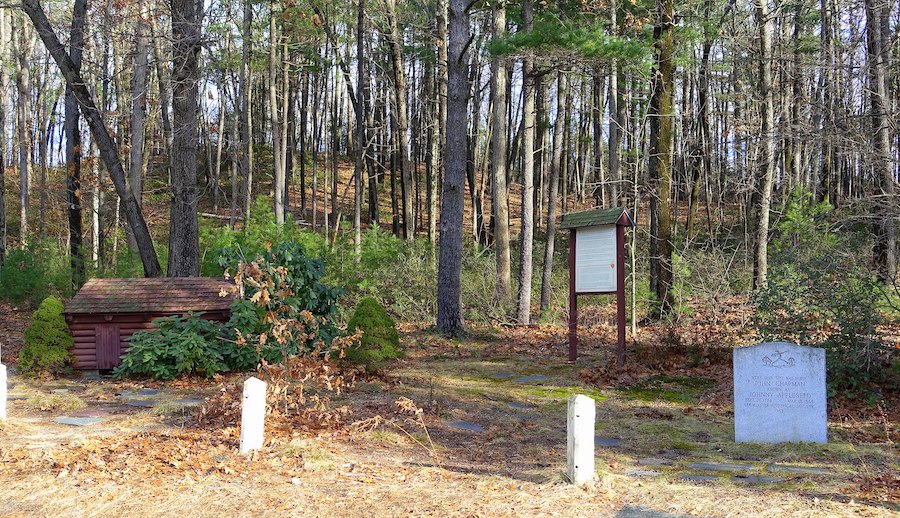
Highlights include the Fitchburg Art Museum, the Museum of Russian Icons in Clinton, featuring the largest private collection of icons outside of Russia, and the Fruitlands Museum in Harvard, a collection of four museums founded in 1843 by Bronson Alcott, father of the writer, Louisa May Alcott. This complex was created as an experiment in utopian living and includes a Shaker Museum, a Native American Museum, and a fine art museum of Hudson River landscapes.
Worcester & Old Sturbridge Village
The major town in this area is Worcester, the second-largest city in the state after Boston and because of its location it is referred to as “Heart of the Commonwealth” Highlights include the Worcester Museum of Art that is home to more than 35,000 works of art and the American Antiquarian Society that has a fascinating collection of historical printed material prior to 1876. Its most famous exhibit is of the very first book printed in America, the Bay Psalm Book. For shoppers visit the Crompton Collective and for science lovers pop into the Ecotarium, one of New England’s leading museums of science, wildlife, and nature. A historic highlight of the area is Old Sturbridge Village, consisting of 40 buildings on 200 acres making it one of the largest outdoor living history museums in the country.
Visitors are immersed in daily life in New England as it existed 200 years ago. They experience hearthside cooking, watch craftsmen make iron tools, pottery, and tinware, and go into pastures to meet heritage breed animals. For garden lovers head to the Tower Hill Botanic Garden in Boylston that features 17 glorious display gardens on 171 acres of land. This garden has been evolving since 1842 under the Worcester County Horticultural Society, which is the third-oldest active horticultural society in the country.
Greater Springfield
Located in Western Mass this city of innovations is known for the Naismith Memorial Basketball Hall of Fame that is distinguished by its silver domes that can be seen for miles. This is a mecca for lovers of basketball where they can look back at the game’s heroes and their amazing careers. The much-loved author Dr. Seuss was born in Springfield and today there is a museum and sculpture garden in his honor. The Springfield Armory, which manufactured and tested firearms for the U.S. military from 1794 to 1968, houses the country’s largest collection of US military small weapons. The displays include rare weapons and the largest collection of confederate weapons anywhere. The Springfield Museum Complex consists of five very different museums offering permanent collections as well as exhibit galleries and various special events. Springfield is also home to the MGM Grand Hotel and Casino. In nearby Amhurst, literary lovers can tour the home of poet Emily Dickinson and then visit the Eric Carle Museum of Picture Book Art that displays picture book art from around the world. The Yiddish Book Center located in a heymish-modern building has a Yiddish book repository, art galleries, and special events about the Yiddish language and culture.
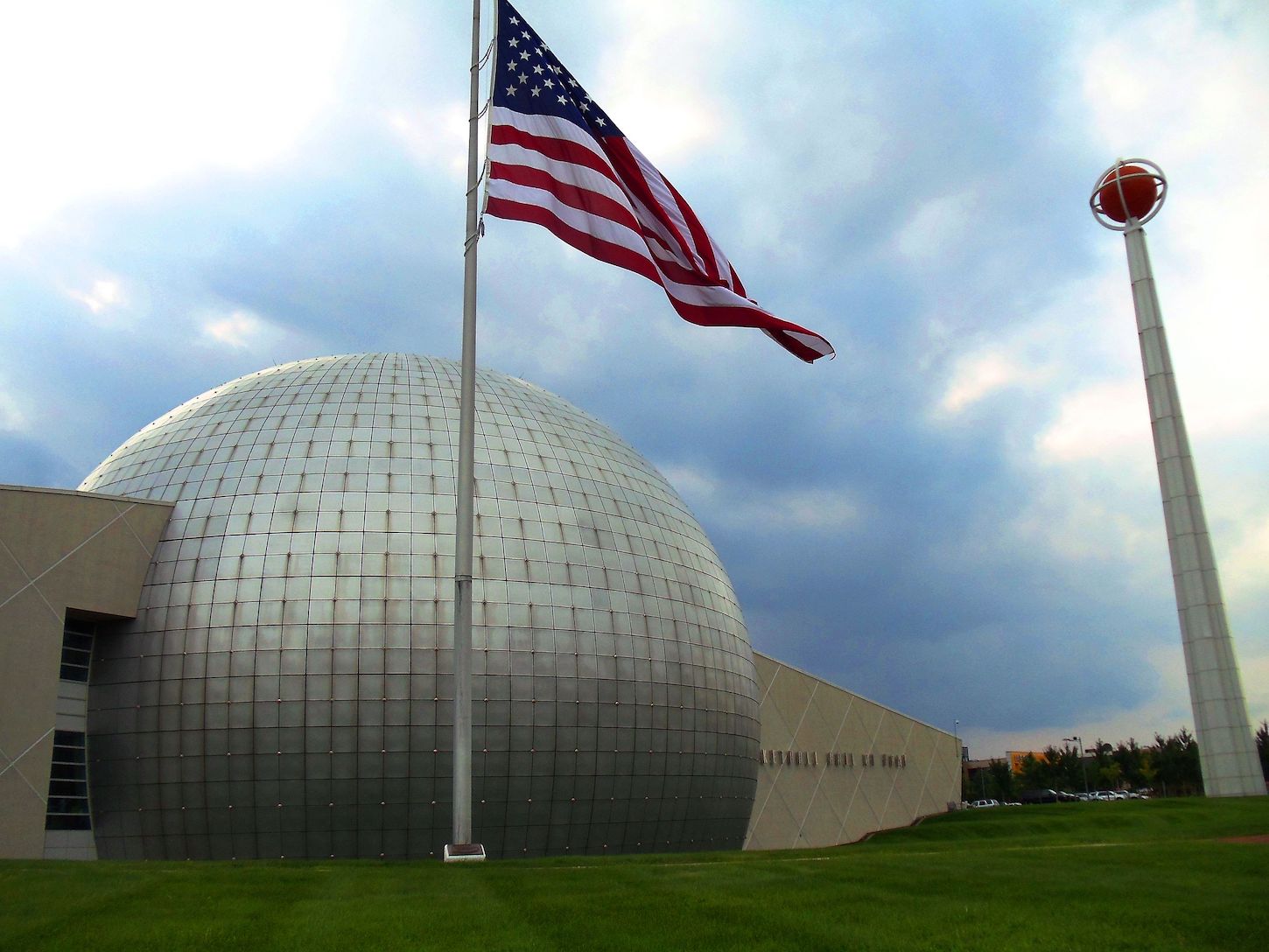
Western Mass - Deerfield - The Mohawk Trail
The Mowhawk Trail stretches 63 miles from the New York line to Millers Falls on the Connecticut River. It is one of the oldest designated tourist and scenic routes in America. This trail is based on an old Native American footpath that was used for trade. Today, this ancient trade route heritage is continued with the many unique shops and villages seen along the way. After exploring the quaint village of Shelburne Falls, take a walk across the Bridge of Flowers, originally constructed in 1908 as a trolly bridge, it is a picture-perfect spot. In Greenfield, the Museum of Our Industrial Heritage tells the story of Franklin County’s mills and factories that produced machine tools, hand tools, cutlery, dies, paper, and textiles. A highlight is Historic Deerfield, an authentic 18th century New England village that interprets the culture of early New England and the Connecticut River Valley. Visitors can tour 12 carefully preserved antique houses dating from 1730 to 1850 and visit the Flynt Center of Early New England Life that has exhibitions of regional furniture, silver, textiles, and decorative arts.
The Berkshires
The Berkshires are the artistic and cultural heart of Massachusetts. Tanglewood in Lenox is the summer home of the Boston Symphony Orchestra that welcomes performers from all over the world. Jacobs Pillow in Becket is an international dance festival dubbed as “the dance center of the nation”, by the New York Times, Great Barrington’s Mahaiwe Performing Arts Center offers world-class performing arts in a restored historic theatre, and the Tony Award-winning Williamstown Theatre Festival is another popular venue. The Clark Institute of Art is the largest center for contemporary and visual arts in the country in Williamstown, and MassMoCa, located in the former mills in North Adams is an important part of the contemporary art scene in the region.
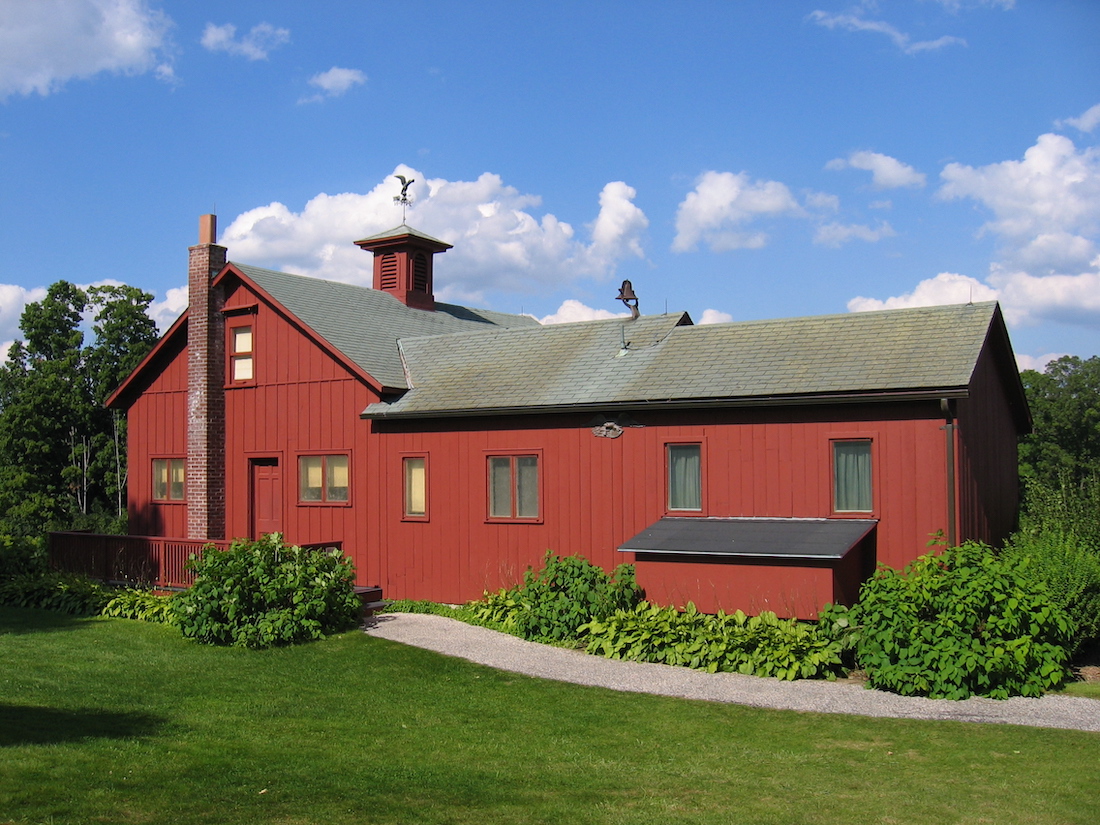
A highlight of the area is the Norman Rockwell Museum in Stockbridge showcasing the largest collection of original work by this artist, who is regarded as the quintessential American illustrator for his “Saturday Evening Post” covers. Historic points of interest not to be missed include Chesterwood, the historic home, studio, and gardens of Daniel Chester French, America’s foremost sculptor and creator of the Lincoln Memorial, Naumkeag House, and Gardens that dates to the Gilded Age and is opulently furnished with original art and furniture, and The Mount, the historic home and gardens of author Edith Wharton that built this grand estate in 1902 to escape the “suffocating social climate of Newport, Rhode Island.”
For a taste of the Gilded Age, enjoy a tour and Victorian tea at Ventfort Hall, an imposing Jacobean-Revival style mansion built in 1893 for Sarah Morgan, sister of J.P. Morgan of banking fame. For lovers of the great outdoors trek up Mount Greylock, the highest point in the state in Adams.
For Foodies
Fresh seafood is always a favorite in Massachusetts from lobsters and clams to the succulent scallops of New Bedford, Wellfleet oysters, and the creamy clam chowder chock full of clams, salt pork, potatoes, and light cream made famous by Legal Seafood. Boston baked beans, Irish Soda bread, baked stuffed scrod, and grilled blueberry muffins are perennial favorites. Three favorites that give a nod to Portuguese settlers include custards in phyllo dough known as pasteis de nata, malasadas, a type of donut, and linguica cheese rolls. The state dessert is the rich and decadent Boston Creme Pie!
